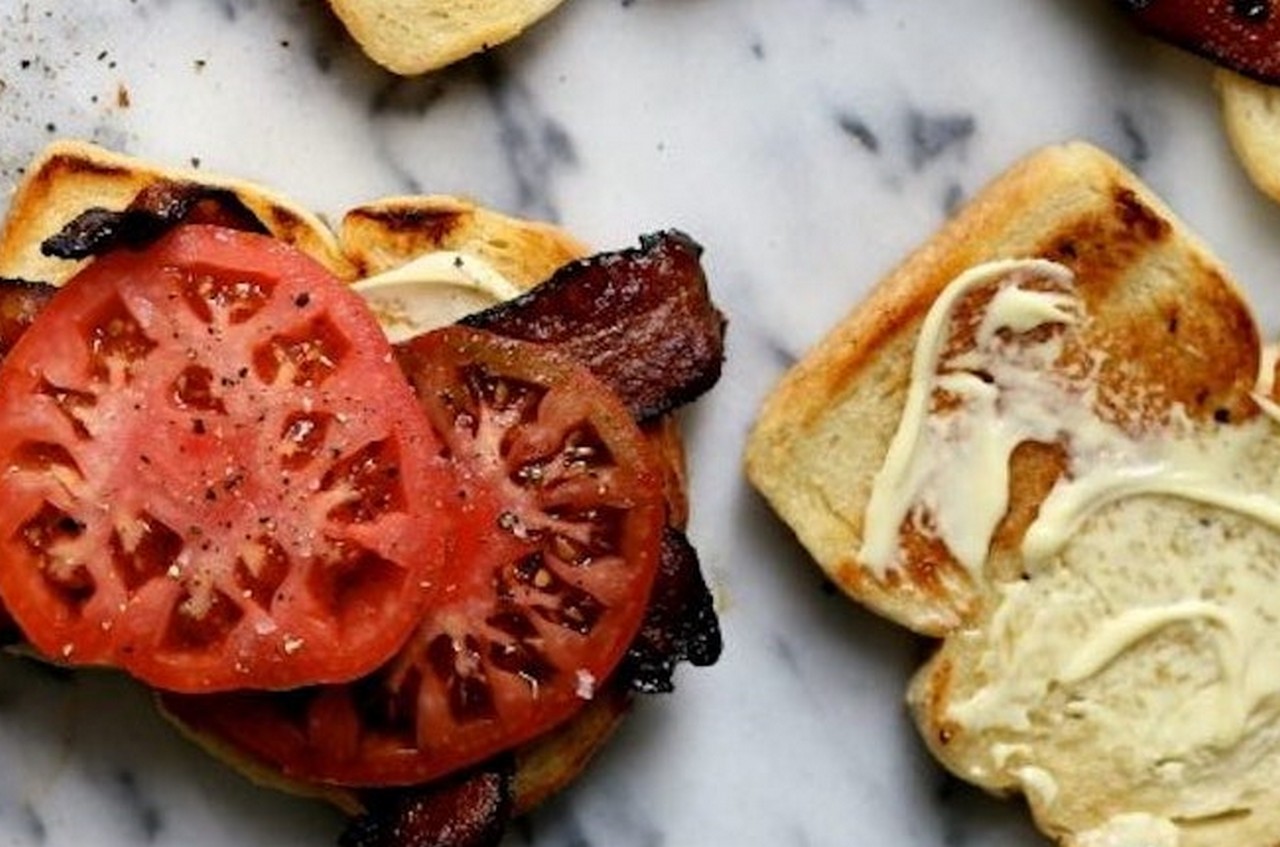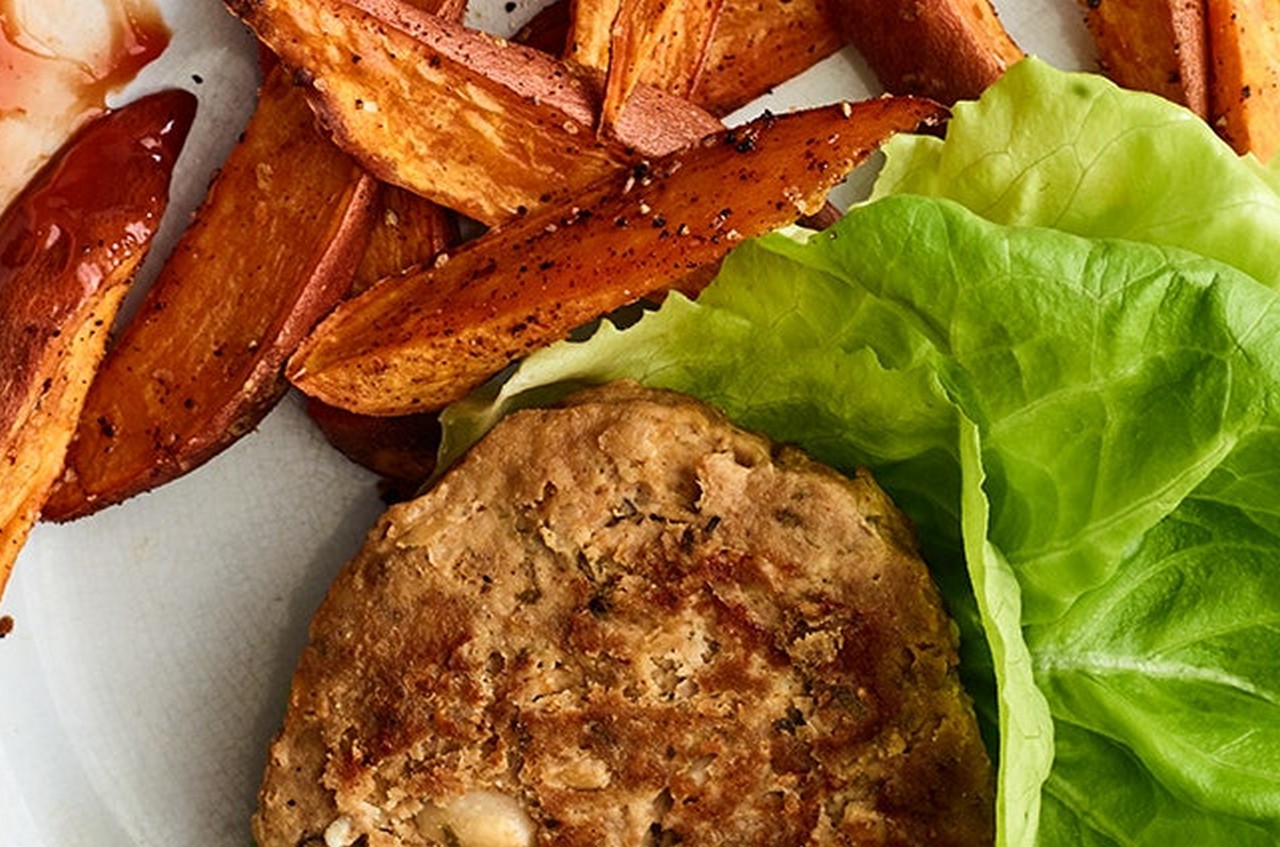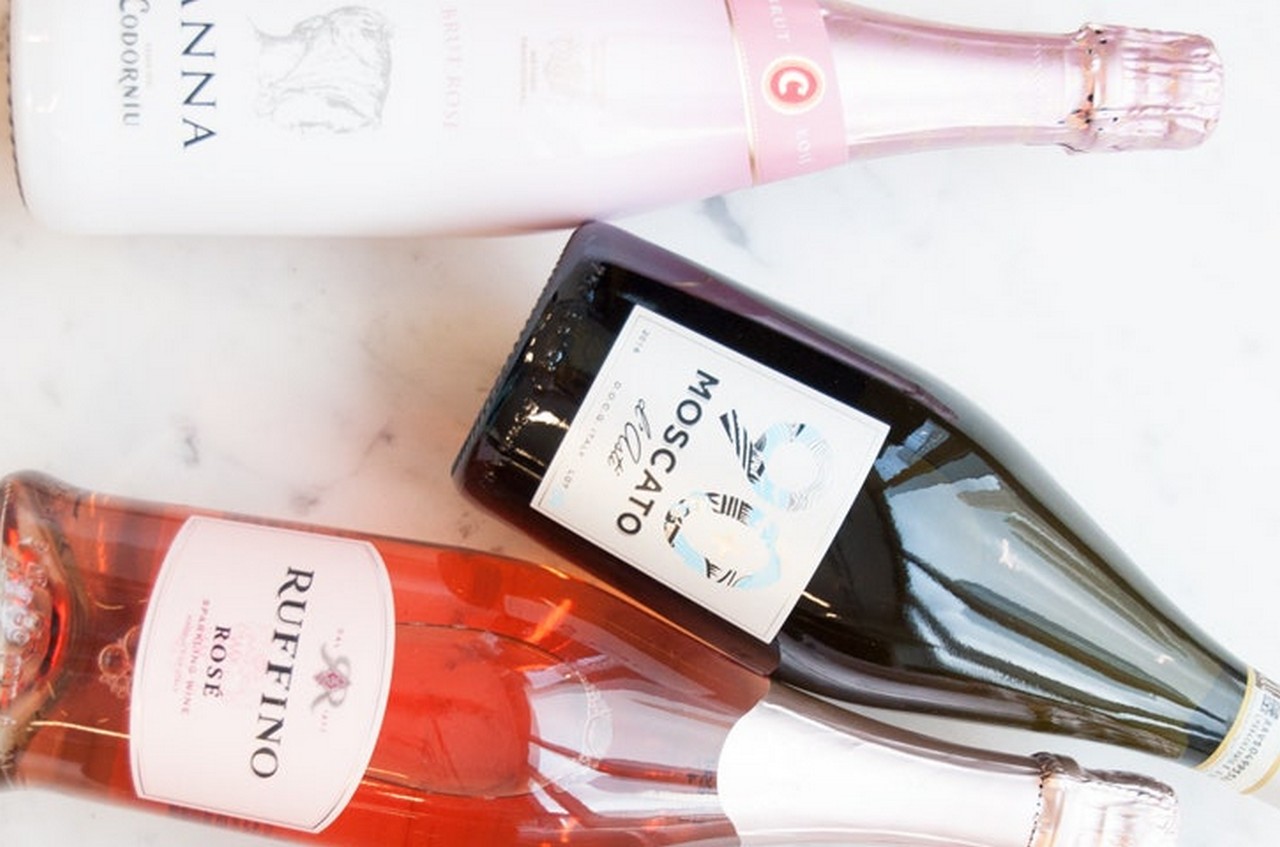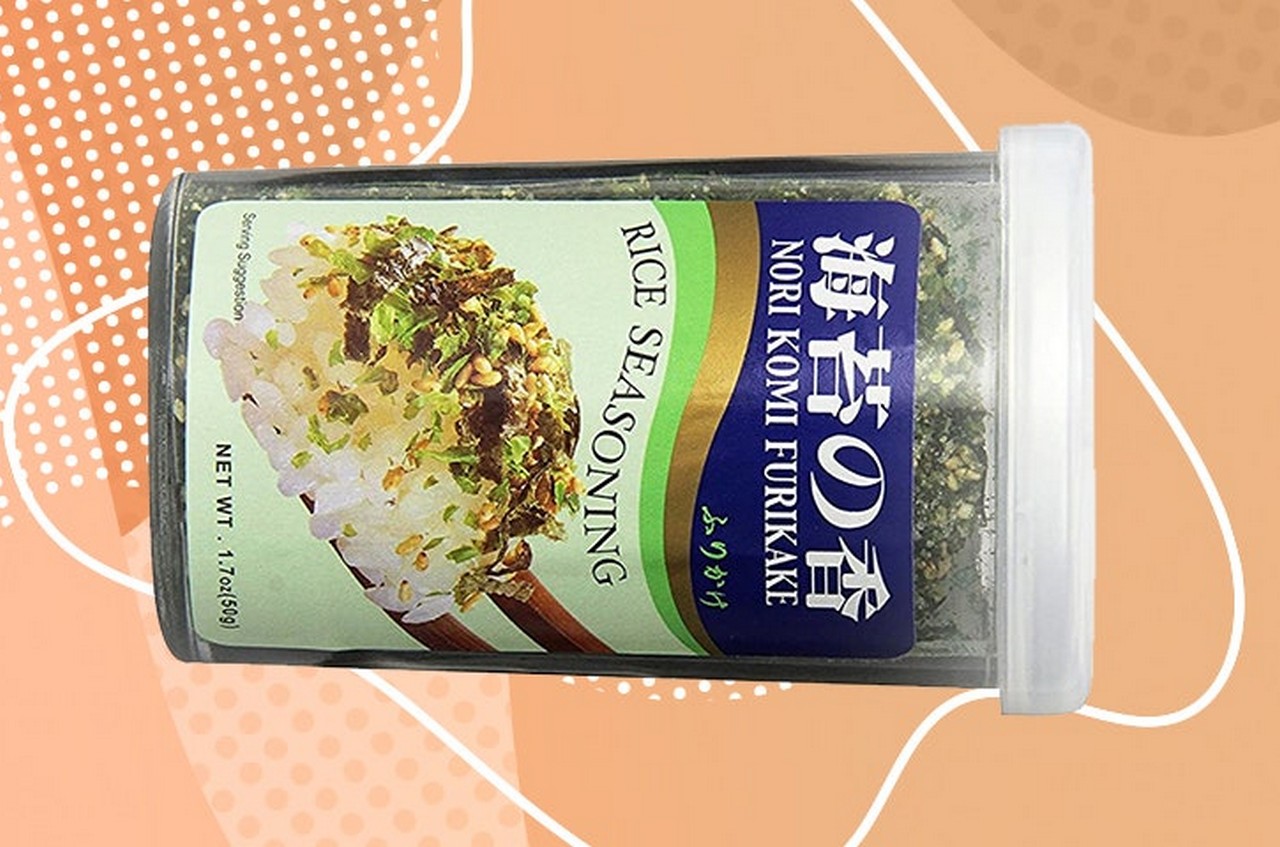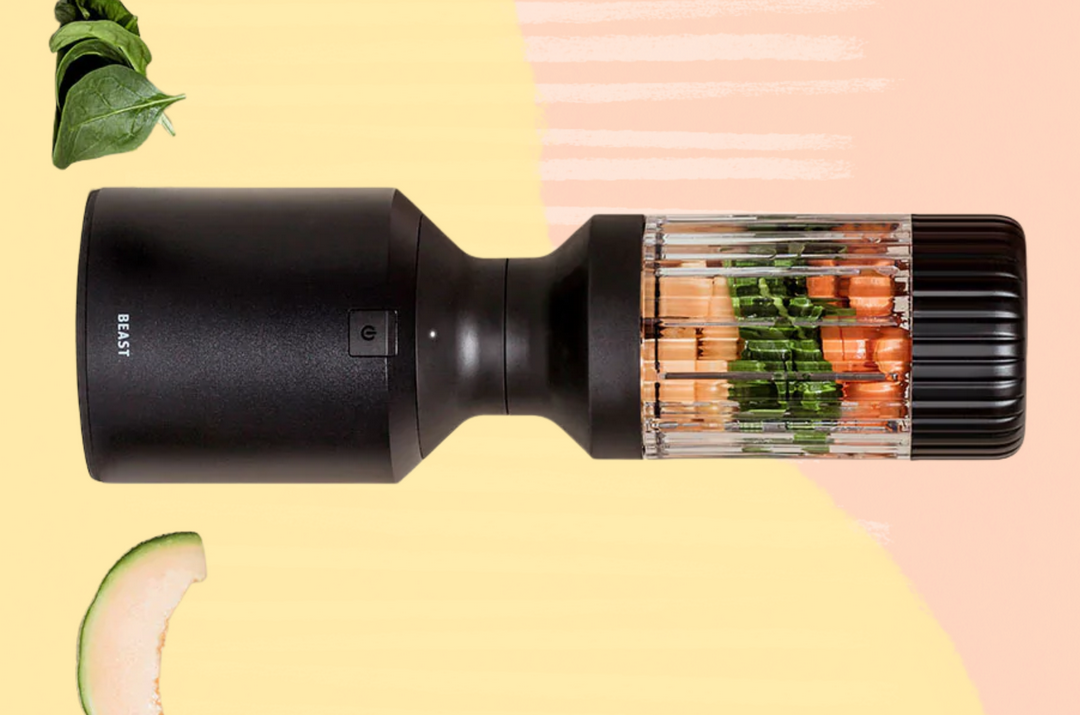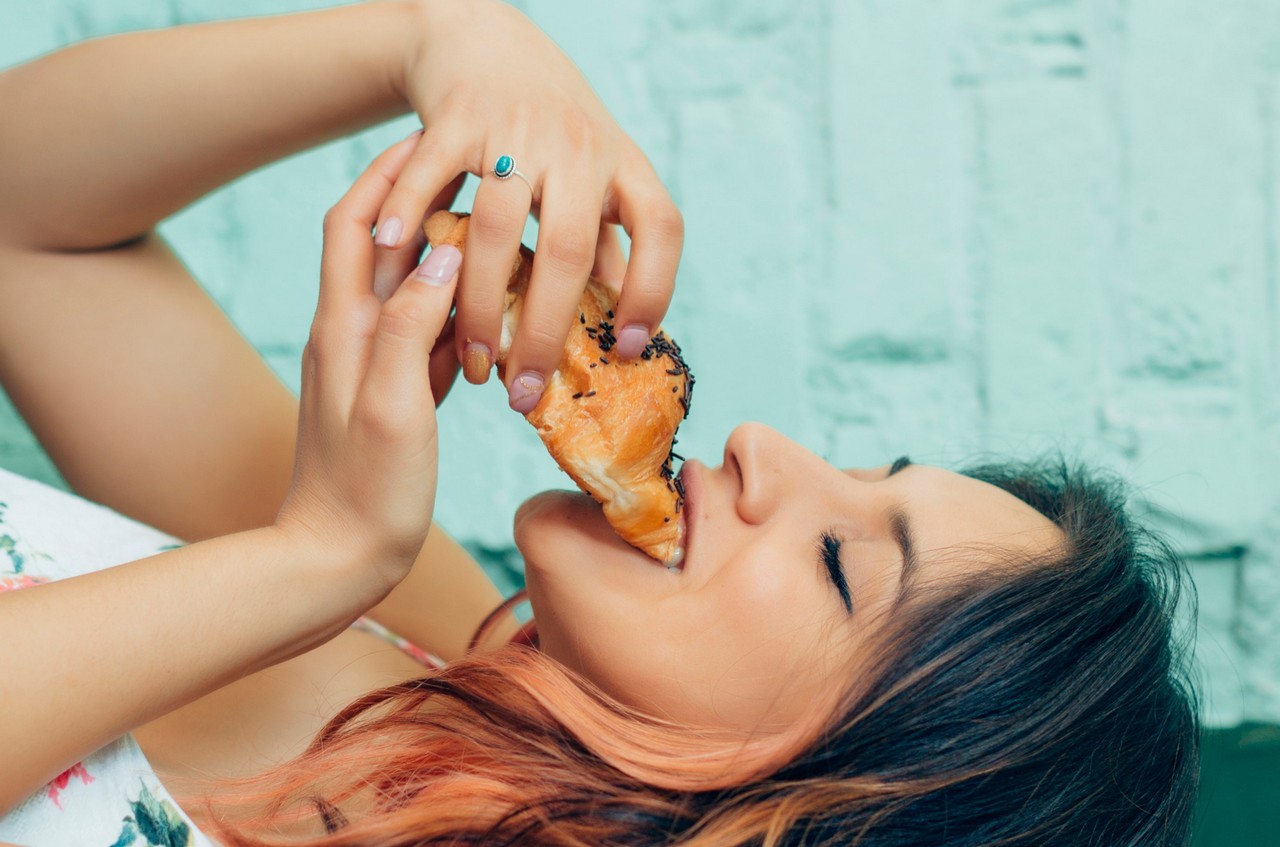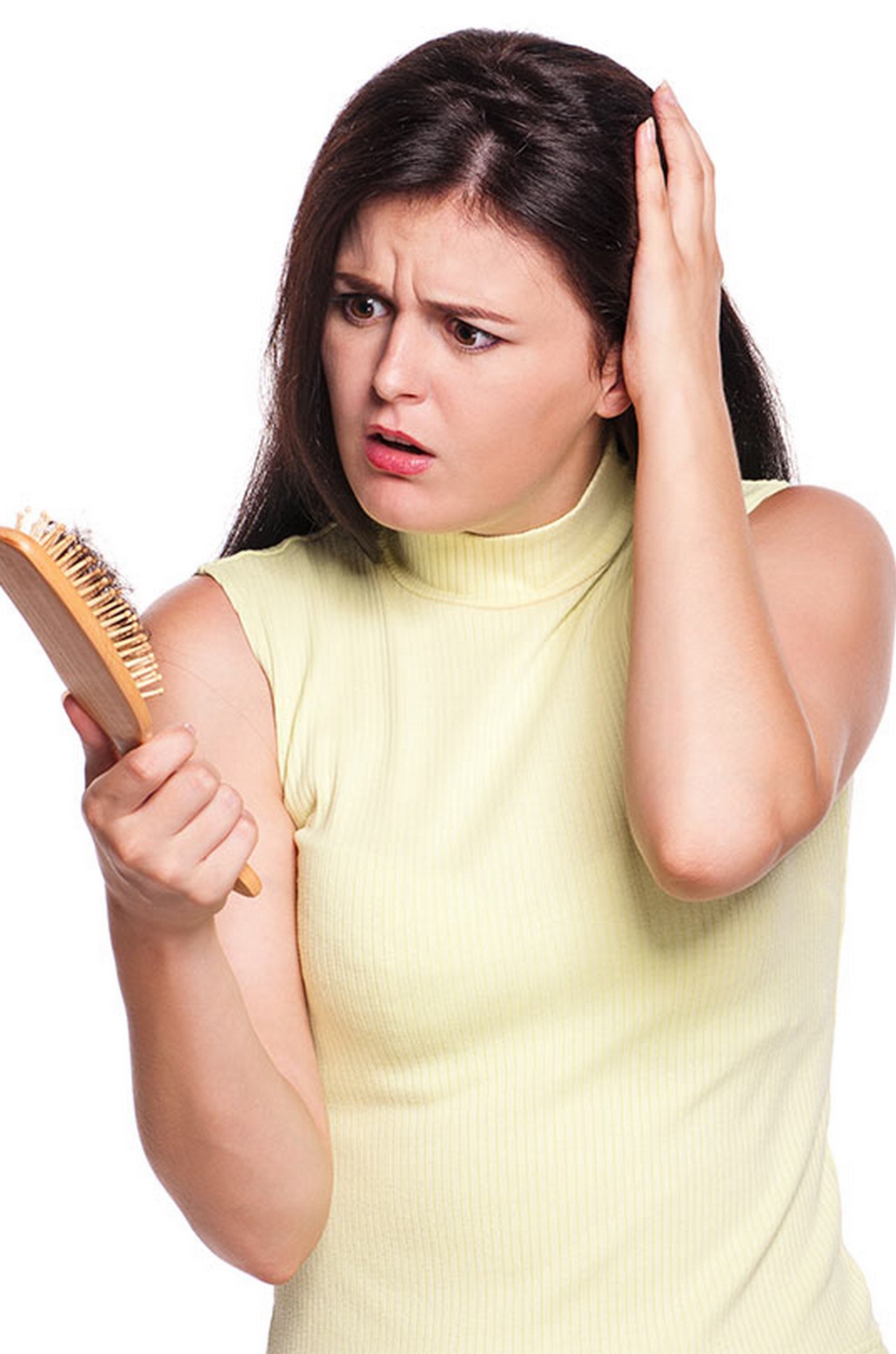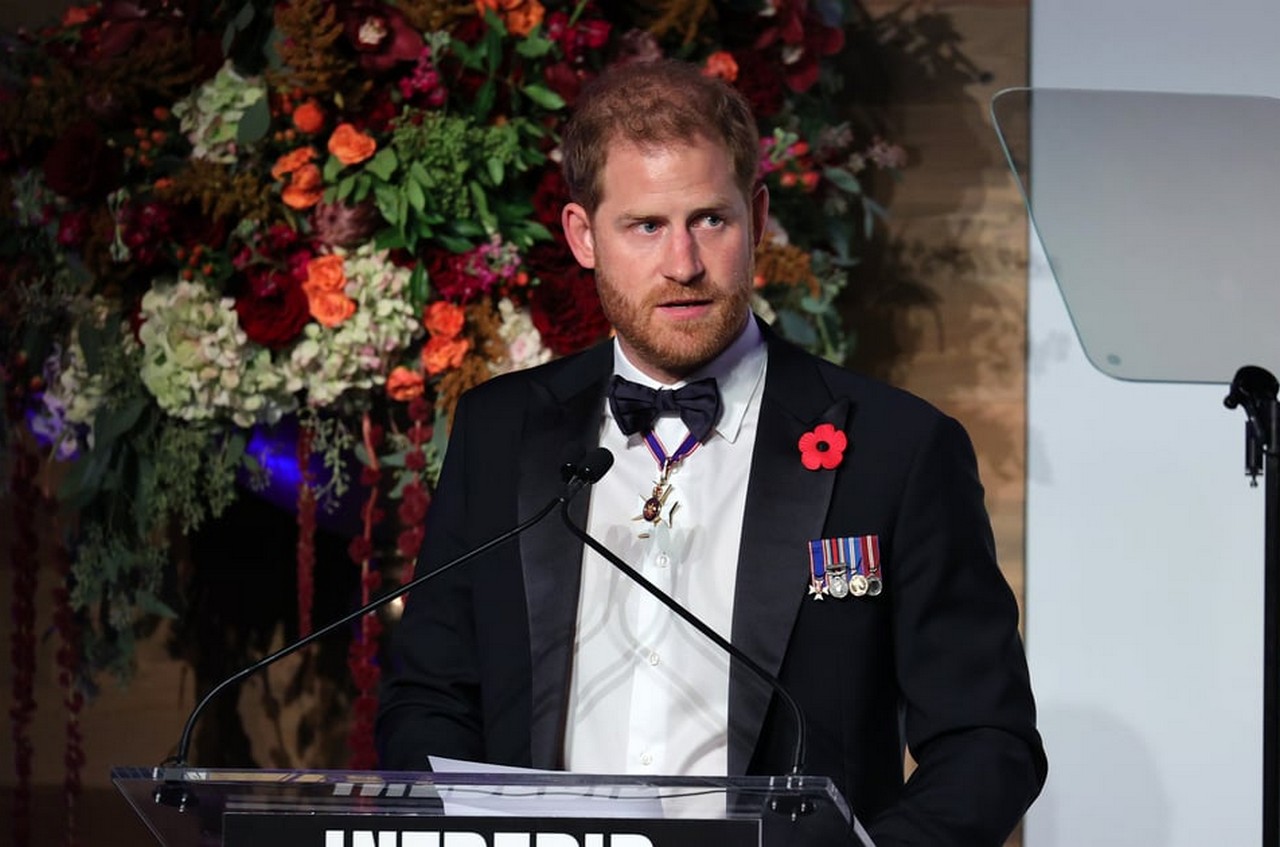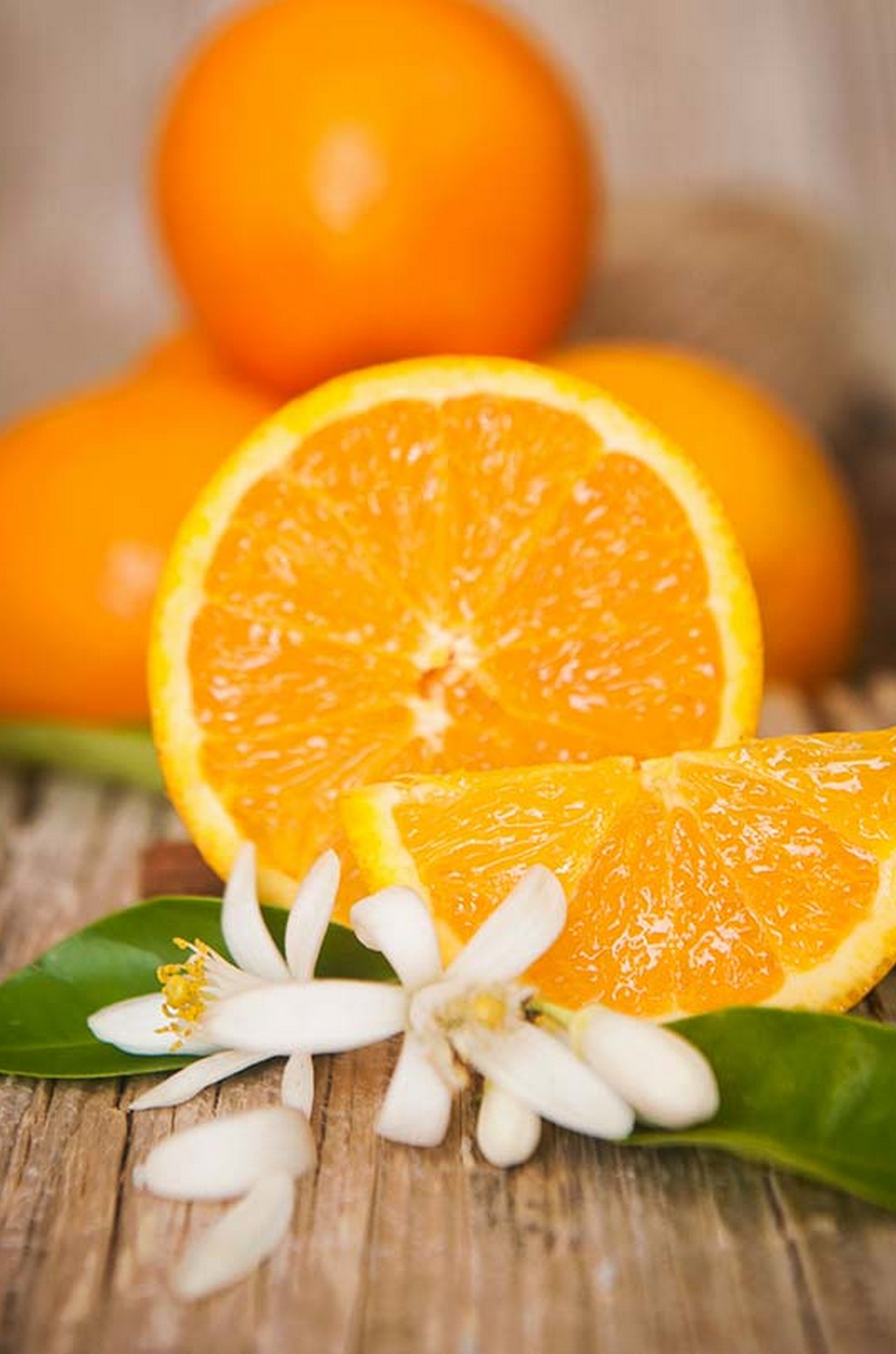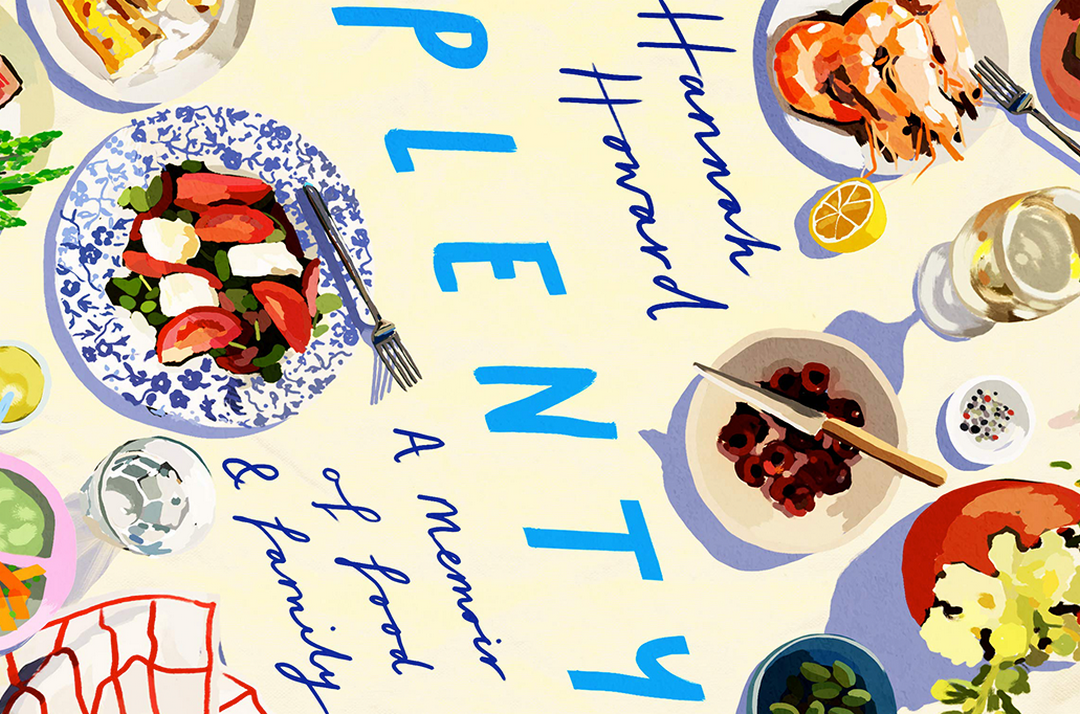
This is an excerpt from Hannah Howard’s new book, Plenty: A Memoir of Food and Family, a reflection on motherhood, friendship, and women making their mark on the world of food. This excerpt contains detailed discussions of disordered eating.
The cheese was perfect. It oozed out of its snow-white skin, leaving a puddle on the cutting board. It tasted of sweet milk and buttered mushrooms and joy.
It was 2006, the summer after my freshman year of college. I had a new internship at the Artisanal Premium Cheese Center, which was a total dream job. I spent my mornings in the cheese caves—glorified refrigerators with fancy technology to control humidity. Each cave was packed with rows and rows of wooden shelves filled with blues, bloomies, and washed rinds, which I spritzed with a spray bottle of cider or wine. I wore two sweaters in July. I turned and flipped the wheels for hours, rubbed their ruddy bellies with a damp rag. After the work I washed my hands twice, scrubbing carefully. Still, they smelled ripe.
In the afternoons I helped organize the wine and cheese—or whiskey and cheese, or craft beer and cheese—for the classes that were hosted at the center’s sleek new teaching kitchen. The Artisanal Premium Cheese Center was a straight shot west from NYC’s Penn Station in an inconspicuous office building by the West Side Highway. I’d confirm the lineup of cheeses with the instructors and nestle the white wines into buckets of ice. I’d edit, or sometimes write, the notes I planned to hand out and place next to the half glasses of wine I’d pour and the one-ounce slivers of cheese I’d arrange like clock hands on white plates.
A cater waiter would arrive around four o’clock to slice baguettes and tie white napkins around water pitchers. I’d help out and make sure everything was in order. I wasn’t required to stay for the classes, but usually I did—access to those tastings was one of the best job perks for a budding food geek like me. I’d sit in the back and scribble notes in my journal. Even though I’d attended “Cheese 101” a handful of times by the end of the summer, I’d always leave with a new nugget of knowledge about Brie (the creamy, luscious cheeses actually have less fat than their hard counterparts because they have more water weight!) or a new cheese discovery (soft-ripened Stracchino-style water buffalo’s milk cheese is ridiculous, and even more so with a glass of something bone dry and bubbly).
I waxed poetic about real-deal cave-aged Gruyère and Stichelton—a raw-milk take on the iconic English Stilton—but I also spent no small amount of time writing obsessive logs of what I had eaten that day in calories and points. Someone had forwarded me an article about the dangers of carbs, so I added those to the ever-growing list of foods I monitored and feared. I eyed the baskets of fresh baguettes with longing and suspicion.
I hadn’t yet received my anorexia diagnosis—that would come a few short months later—but I did try to save whatever sad allotment of calories I allowed myself for cheese. That afternoon I stared at the plate in front of me. I knew we were supposed to cut and serve the cheeses in one-ounce portions, but didn’t that piece of Camembert look a little big?
I was falling in love with the little buttons of fresh chèvre, the craggy-rinded tommes, the gigantic Alpine wheels that we took cylindrical tastes from with a sonde—a cheese plug—to gauge their ripeness and deliciousness. Officially, I was working toward a degree in anthropology and creative writing, but the cheese world was another kind of school. Every day I learned something new.
I was a young woman starting to forge a career in food—though I didn’t know it yet. I was just following my passions, seeking acceptance and soaking up knowledge in a world where producers spent decades perfecting their craft, where chefs worked night after night on improving a dish, on creating culinary excitement. I had always loved food. At home, the kitchen seemed to be the heart of our family. Out in the world, sharing food meant connection. It is an integral part of our lives that offers sustenance and is often an elemental part of our identity—culture, history, comfort, joy, pride, fear, anxiety, love. For me, it was a beautiful obsession, complicated by a darker compulsion. I wanted to taste everything and learn everything about what I was tasting, the person who made that cheese, their traditions, their dreams. I was also afraid of my own appetites and learned to loathe my body in a world that taught me there was only one punishingly narrow way for a young woman to look. My love for food was profound and profoundly complicated.
One late morning my boss summoned me out of the caves and into the office. A French cheesemaker with a tiny goatee was visiting from Alsace. He unpacked a lineup of cheeses from a rolling suitcase, poured bubbly into plastic cups, and cut hunks from his beauties. My coworkers gathered around to try his wares. Half my brain was trying to follow his heavily accented lecture on cow breeds and importing regulations. The other half—later I would recognize this as my eating-disordered brain, cruel, small-minded, tiresome, and relentless—said, If you eat this cheese, you cannot eat dinner. It said, If you eat this cheese and dinner, you pig, you cannot eat anything tomorrow.
I ate the cheese.
Later, the cheesemaker left his perfect wares in our little office kitchen. Everyone went back to work. I put my second sweater back on to counteract the cold that permeated the caves and tied my apron around my waist. But my stomach was grumbling, and I couldn’t stop thinking about that double crème with the subtle earthy funk. I took off my apron. I didn’t wash my hands. I snuck back to the little kitchen and sliced off a sliver. Just a sliver. It tasted obscenely good. My body vibrated with wanting. Another sliver. And another. Soon the whole wheel was gone, and then the next one, leaving only a gloppy smudge on the cutting board and a sinking feeling in my stomach: dairy and shame.
I used to think my fucked-up-ness around food—the love, the fear, the compulsion—was somehow unique. It’s not. What a relief that it’s not! When I could escape my self-obsession long enough to observe those around me in my burgeoning food career, I noticed that my cheese mentor at the trendy restaurant where I worked after Artisanal was on a perpetual diet. She eschewed nightshades and carbs and downed shots of apple cider vinegar, and then switched between fasting days and days spent mainlining mac ’n’ cheese straight from quart containers that were lined up in the kitchen. At my next restaurant job, my manager took the whole nine-hour shift to eat one plastic cup of Greek yogurt, licking a scant spoonful in quiet moments, a faraway look in her eyes. It was at that same restaurant that I caught the hostess throwing up in the bathroom in the thick of a busy service.
Most Popular
- Does Rowing ‘Count’ as Strength Training?
By Tiffany Ayuda
- This Simple Morning Habit Can Help You Sleep Way Better at Night
By Julia Ries
- 18 Hot and Horny Sex Games
By Malia Griggs
Nobody ever talked about any of this, least of all me.
My anorexia diagnosis morphed into the frustratingly vague EDNOS, eating disorder not otherwise specified (thanks, DSM). Without a clear, official title, it became just an undiagnosed, embarrassing secret. I did weird things with food—restricting, bingeing, and other permutations of misery centered on using food as a drug and hating my body. It was a war I fought 24/7. I lost every battle.
Things started to change for me almost nine years ago now, when I got sick and tired of being sick and tired, as they say. After one last epic binge—an all-night affair with a giant plate of cookies and every last morsel in my kitchen, down to the bottom of a jar of almond butter—I mustered the courage to go to a recovery meeting in a dingy room atop a bodega by Union Square. There, I listened as people shared about doing what I did with food, feeling what I felt.
“I used to throw away brownies and then pour coffee grounds on top so I wouldn’t eat them. Then I’d fish them out and wipe off the coffee and eat them anyway.”
“I used to wake up in the morning and think—what did I eat yesterday? My worth was based on the answer to the question.”
“I used to think my purpose in life was to lose weight.”
I heard, “I don’t have to bear this horrible thing alone. So much can change.” I knew I had found my people.
My image of a person with an eating disorder was an emaciated blonde girl from a cheesy after-school special. According to the National Eating Disorders Association, “Eating disorders have historically been associated with straight, young, white females, but in reality, they affect people from all demographics.” I met plenty of young white women of privilege in the recovery meetings I started attending more and more often, but I also met old women and women of color as well as men. I met people of all shapes and sizes and backgrounds and attitudes, amazing people who shattered my idea of what people with eating disorders looked like.
I also met chefs, food writers, mixologists, and restaurant managers. Some of them told me that their recovery made them better at what they did. Others said it wasn’t quite so simple.
Years ago I cringed as I hit “send” on the first essay I wrote and published about my eating disorder. What would my coworkers—cheesemongers and specialty food buyers and restaurant editors—think? Would I diminish my legitimacy as a food writer? As a feminist? I was terrified to share about what had been, for as long as I could remember, my deepest, darkest secret.
By then I had heard plenty of people talk about their own food demons, and heard others talk about the frenzied and sometimes dysfunctional culture found behind the scenes at restaurants (and cheese counters, markets, cooking shows, and food blogs), but I had never heard much about the two combined. It made perfect sense to me—just as someone with alcohol-use disorder may gravitate to jobs behind the bar, so many of us professional food people struggle with eating and body issues. We’re drawn in. What better way to channel an unhealthy obsession with food than to turn food into our careers?
Most Popular
- Does Rowing ‘Count’ as Strength Training?
By Tiffany Ayuda
- This Simple Morning Habit Can Help You Sleep Way Better at Night
By Julia Ries
- 18 Hot and Horny Sex Games
By Malia Griggs
I needn’t have worried about my essay. The response was a chorus of “me too.” The essay spawned another. And that second essay led to my first book, Feast: True Love in and out of the Kitchen.
People who I’d never suspected had struggled began confessing their own stories—my friend the Instagram-famous baker who had starved herself until she landed in the hospital, the “wellness” blogger who couldn’t stop getting up in the middle of the night to binge on gluten-free goodies, the binge-eating server. My email inbox was full of people thanking me for sharing my story and telling me theirs. At first it was reassuring—again, that reminder that I am not some kind of freak, that we are in this together. But then it became depressing. It seemed like everyone I spoke to had experience struggling with food behavior or body image—usually both. Is nobody spared?
Writing and sharing and speaking and commiserating wasn’t a magic pill that erased my shame. Very, very slowly, it dissolved.
Body positivity is a matter of social justice. We live in an extremely fat-phobic culture that stigmatizes people in larger bodies and puts pressure on all people to shrink our bodies. Eating disorders are a symptom of a patriarchal, misogynistic culture—the idea that women’s bodies exist to please, to be judged. But those of us who suffer from them are not necessarily bad feminists. We are humans. We are doing the best we can. This culture is not optional; it is the air we breathe. When we reach out to each other, we can do a whole lot better. Understanding this is not a cure, but it is a start for food people and for all people.
One of my friends in recovery, a stylist and recipe developer who works with all the most prestigious food mags, told me this: “It’s a constant struggle—but that doesn’t mean that I’m miserable. It’s a challenge that I’m open to. I love my work and I love food—and I love finding a way to make it all work.” Hearing stories like hers gave me the confidence that I, too, could figure out a way to make it all work.
But it wasn’t always easy. As I got ready to launch my book with readings and panels and events, I was genuinely proud and excited. But then an old friend came knocking at my door, that eating disorder voice that still seems to live in the crevices of my mind, no matter how many meetings I attend, how much therapy I go to, how much I journal or meditate. That voice is simple and relentless and mean. It’s also a little dumb, but that doesn’t make it less convincing. You’re too fat to publish a book, it would say.
What does that even mean? That is definitely not a thing.
Especially a book about eating disorders. Everyone is going to be looking at you with disgust and judging you. They will see a failure. Who do you think you’re kidding?
Most Popular
- Does Rowing ‘Count’ as Strength Training?
By Tiffany Ayuda
- This Simple Morning Habit Can Help You Sleep Way Better at Night
By Julia Ries
- 18 Hot and Horny Sex Games
By Malia Griggs
But all those meetings and therapy sessions and minutes spent watching my thoughts pass like clouds in the sky were not for naught. By that time I had recovery friends to call. I knew what to do. They listened, they commiserated, and immediately I felt just the smallest bit better. The thing about the eating disorder voice is that, left to marinate in the confines of my brain, it grows in ferocity and power. But when I share it, it loses its teeth. The words sound less scary and more absurd as they leave my mouth.
The worst part about my eating disorder—when it was at its height—was not that my brand-new jeans wouldn’t zip, or the way I’d wake up thinking about food, or even the stomach-turning self-loathing that would threaten to drown me nearly every time I passed a mirror. It was the loneliness. Having and keeping such a big secret kept me apart from even the people I loved the most. It separated me from the world. It was as if in the heat of summer, I wouldn’t take off my hoodie, my hat, my scarf. I was sweltering and terrified of being seen. And yet, that was what I wanted most. It was what I needed.
It’s been such a relief to shed those unnecessary layers. Painful at times. Scary most of the time. Sometimes I still reach for them at the back of my closet, where they wait for me, trusty and suffocating.
It turns out I was never hungry for the 17th cookie. If the 16th cookie hadn’t done the trick, how would number 17? I was hungry for connection. Hungry for so much more.
These days I sometimes teach cheese classes and tastings. I remain in love with stinky cheese, and crumbly cheese, and pretty much all cheese. I know more than I used to, but I still have plenty to learn. Sometimes I still eat too much, or not enough, but I try my best to cultivate self-compassion and kindness. I haven’t binged in more than eight years. Every single day, I am grateful.
Today the staff of a specialty food store—one of my clients—is trying a lineup of new sheep’s milk beauties. One is coated with herbs and another is washed with cardoon thistle—meaty and full of funk. We open a Belgian beer and whittle off slices of cheese and discuss. Someone has crafted these wheels with their hands; someone else has carefully aged them on wooden boards in a cold, damp room. Now they’re here, and we appreciate them, savor them. Later tonight I will eat dinner with my husband. My puppy will look at us with his puppy-dog eyes, and I will give him a piece of shrimp. For now I sit at my desk, and I write. I know that my value has zero to do with what I’ve eaten for lunch or the softness of my belly. I know I have people to call when I temporarily forget this. I used to think the obsession about food and my body was my fate forever, just something I was stuck with. Today I experience something new: freedom. And peace.
Excerpted from Plenty: A Memoir of Food and Family by Hannah Howard. Copyright © 2021. Reprinted with permission from Little A.

